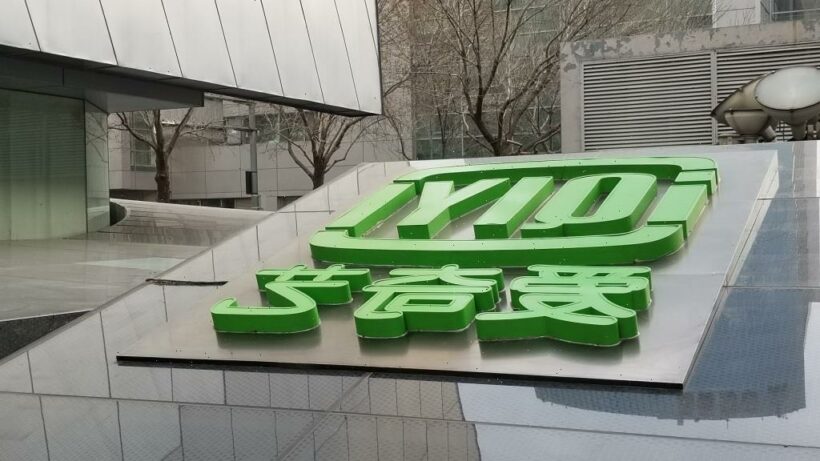China-based video streamer iQiyi achieved a surge in paying subscriptions and achieved net profits in the fourth quarter of 2022. While still loss-making over the full year, the company hailed its turnaround as “miraculous.”
In the October-December period, gross revenues were RMB7.6 billion ($1.1 billion), representing a 3% increase year over year, the company said in a regulatory filing. Net income attributable to iQiyi was RMB304 million ($44.1 million), compared to a net loss of RMB1.8 billion in the same period in 2021.
Over the course of the full 2022, total revenues were RMB29.0 billion ($4.2 billion), representing a 5% decrease from 2021. Net losses decreased from RMB6.2 billion to RMB136 million ($19.7 million).
During the fourth quarter, the average daily number of subscribing members (excluding individuals with trial memberships) was 110.9 million, compared to 96.4 million for the same period in 2021, and 100.2 million in the third quarter in 2022. Monthly revenue per subscriber was unchanged year-on-year at RMB14.2 ($2.04).
“We wrapped up a remarkable year of turnaround with outstanding performance in the fourth quarter. Our drama market share reached historical high, according to [measurement firm] Enlightent, so were our membership revenues, operating profits, operating cashflow and free cash flow. We recorded over 10 million net subscriber additions in Q4,” said Gong Yu, CEO. In a separate letter to shareholders, Gong hailed the year as “miraculous.”
“The success of the quarter was driven by our original blockbusters. Looking forward, we will continue to focus on our original content strategy to deliver high-quality growth, and to create more value for our stakeholders,” Gong said.
The company believes it has significantly improved its ability to produce and deliver high-quality original content of wide appeal to the public, enabling it to deliver a continuing stream of blockbusters. In the fourth quarter it launched six new blockbuster dramas. And it has been rewarded by the growing attention of subscribers, who increased their viewing time 40% year-over-year and by 30% quarter-over-quarter.
“By the end of 2021, the long-form video industry had changed tremendously and no longer blindly pursued market share. Content quality and profitability were tightly aligned. We were the first to foresee that these changes would lead to a new stage of rational development in the entire industry. The focus of long-form video competition would shift from content quantity to content quality, and more players would pursue improvements in operational efficiency and profitability,” said Gong in his letter to investors. “With this shift in priority, we launched a series of measures. We took one step back by focusing on our core businesses and downsizing our non-core businesses.”
Between its flotation on the NASDAQ stock market in 2018 and late 2021, the company struggled with bulging losses and counteracted these with numerous capital raising exercises. A further three cash calls over the past 12 months, raising a further $1.3 billion of capital, is portrayed as one of two steps forward. The company argues that it has stabilized its financial position – it has recorded five consecutive quarters with improving operating margins and three quarters in a row with positive cash flow – and financially positioned itself for the next three to five years.
“Through this process, we found valuable investors who remained firm supporters despite market volatility, including Baidu, PAG [and] Oasis,” said Gong.
The other claimed step forward is iQiyi’s commitment to and competitive advantage in long-form content.
“Although users may spend more time on short-form videos, only high-quality long-form videos can meet users’ demand in consumption upgrade over the long term. As evidence, a growing number of users enjoyed our premium content and signed up for our subscription package in 2022, and the strong momentum continues,” said Gong. “The ability to produce premium content is our core competitive moat.”
The shares, traded in ADR-form, closed Thursday down 3% at $7.09 apiece. Compared with 12 months earlier, when they hovered around $4, that is a 77% gain.
Read More About:
Source: Read Full Article
